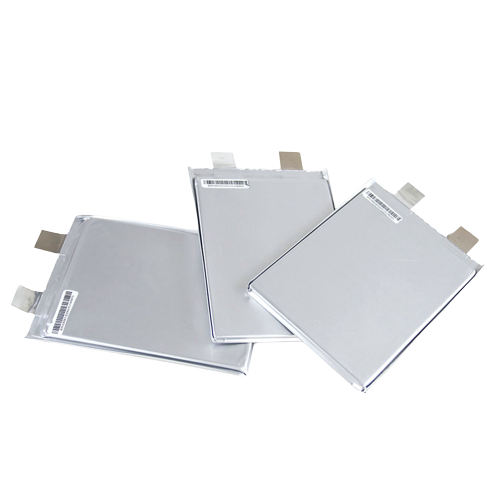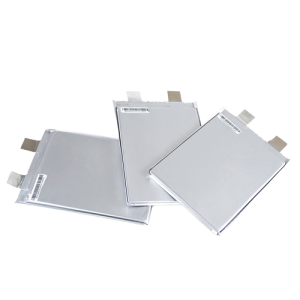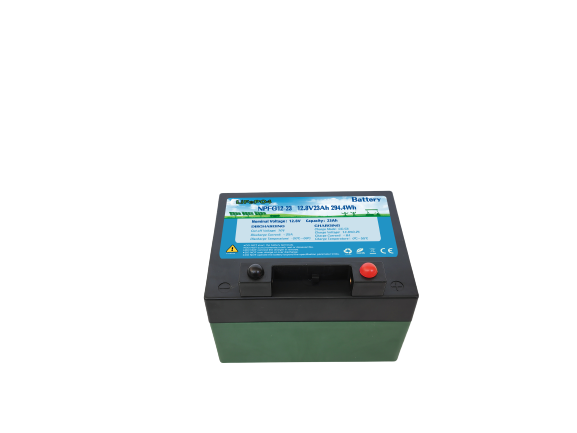
In an era where the demand for portable electronic devices has skyrocketed, finding a reliable and efficient power source has become crucial. Pouch cell batteries have emerged as a game-changer in the industry, offering a compact and powerful solution for a wide range of applications. This article delves into the evolution, benefits, and potential of pouch cell batteries, highlighting their impact on our daily lives.



The Evolution of Pouch Cell Batteries: A Compact and Efficient Power Solution

Introduction:
In an era where the demand for portable electronic devices has skyrocketed, finding a reliable and efficient power source has become crucial. Pouch cell batteries have emerged as a game-changer in the industry, offering a compact and powerful solution for a wide range of applications. This article delves into the evolution, benefits, and potential of pouch cell batteries, highlighting their impact on our daily lives.
1. The Birth of Pouch Cell Batteries:
Pouch cell batteries, also known as lithium-ion polymer batteries, were first introduced in the 1990s as a more advanced alternative to traditional cylindrical and prismatic cells. Their unique design made it possible to create thinner, flexible, and lighter batteries, making them ideal for portable electronics.
2. Advantages of Pouch Cell Batteries:
Pouch cell batteries are incredibly versatile and have numerous advantages over their predecessors. Firstly, their flexible, laminated structure allows for custom shapes and sizes, making them highly adaptable to the design requirements of various devices. This flexibility also contributes to improved energy density, resulting in longer-lasting power sources for our gadgets.
Furthermore, pouch cell batteries have a lower internal resistance, providing higher discharge rates and better performance in high-drain applications. Their ability to deliver stable and consistent power makes them ideal for power-hungry devices such as smartphones, laptops, and electric vehicles.
Another significant advantage is the improved safety features of pouch cell batteries. They often incorporate advanced protection circuits to prevent overcharging, overheating, and short-circuiting, reducing the risk of accidents and ensuring the longevity of the battery.
3. Applications:
The applications of pouch cell batteries are vast and varied. They have become the go-to power source for smartphones, tablets, e-readers, and wearable devices due to their compact size and light weight. Electric vehicles and drones also rely on the energy storage capabilities of pouch cell batteries for increased efficiency and extended range.
Additionally, pouch cell batteries are widely used in medical devices, such as hearing aids and implantable devices, where reliability and safety are paramount. The use of pouch cell batteries in renewable energy storage systems is also gaining popularity, enabling efficient utilization of solar and wind energy.
4. Ongoing Research and Development:
As technology continues to advance, research and development in pouch cell batteries are ongoing. Scientists are exploring ways to improve energy density, enhance charging speed, and increase the lifespan of these batteries. New materials and manufacturing processes are being tested to address the limitations of current pouch cell batteries and open up new possibilities for their use in future devices.
Conclusion:
Pouch cell batteries have revolutionized the world of portable electronic devices with their compact design, high energy density, and improved safety features. As technology continues to evolve, these batteries are expected to become even more efficient, opening up new possibilities for smaller, more powerful devices. With ongoing research and development, pouch cell batteries are set to play a prominent role in shaping the future of energy storage and portable electronics.
Suggestions for using
the Products
Application





European Version HFP4850S80-H (high-voltage parallel)
View more >
Customizable lead-acid replacement lithium-ion battery YX12V23Ah
View more >




